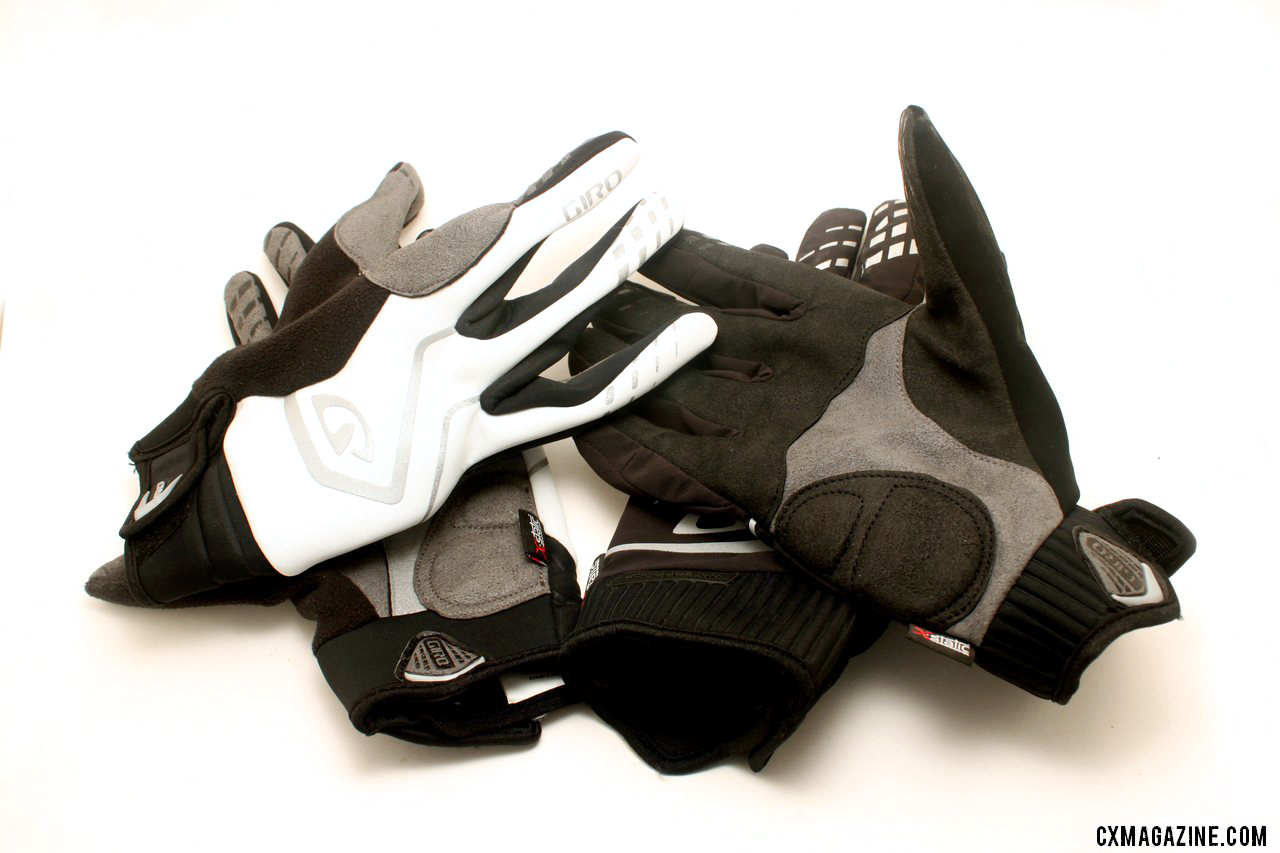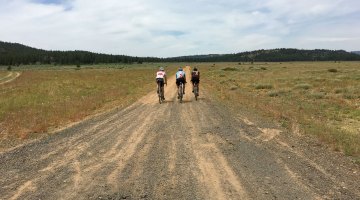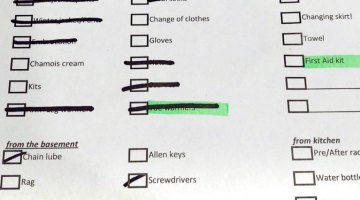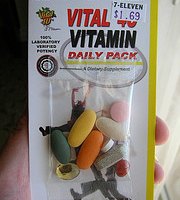Cyclocross is just around the corner. Some racers, like Elle Anderson, Tim Johnson, Anthony Clark, and the Durrins of Neon Velo, used the weekend to warm up for the season by competing in the Vermont Overland adventure race. Some of us have started early, and unsanctioned cyclocross races all across the country are becoming more popular as an August sport.
Even the big names like Ryan Trebon and Zach McDonald are already preparing for the UCI race in China this weekend!
If the season caught you by surprise, we wanted to offer you one of our classic “How To” articles from the past. Beginner or pro, all riders need to know the art of packing for a cyclocross trip.
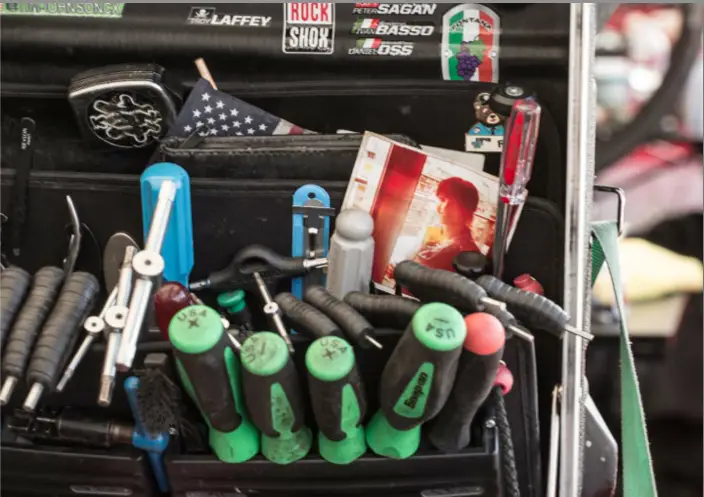
Bringing the right tools to a race can be space consuming, but essential. © Dan Cavallari, D2 Photography, d2photos.net
Cyclocross races are short, ranging from 30 minutes to an hour depending on category, yet they require the most equipment prep of any bike racing discipline. Part of that relates to the time of year and the variability of the weather. Racers need to be ready to deal with wind, rain, snow, hail, ice, mud, fog, etc.
A huge portion of the preparation involves bike equipment choices. Tire width, tread selection and tire pressure of inflation are all very course- and conditions-specific. Elite racers typically bring spare bikes, extra wheels, a stationary trainer, pop-up tent, a pit mechanic and a pressure washer. That’s an entire article unto itself – we’ll stick to clothing choices for now.
As in all cycling endeavors, and outdoor activities in general, layering with materials that wick is the key. Cyclocross will put technical wear to the ultimate test as you attempt to keep your body temperature within a narrow range. The intense race effort makes it easy to overheat and, as soon as you stop working, the biting cold becomes a danger.
It will take time to nail down the packing system that works best for you; there are lots of individual preferences, and body types vary widely. Here are some tips that I can pass along after several seasons of racing ‘cross.
- Use a gear bag that opens up wide and allows you to see everything within quickly. I used to use a backpack where you stuffed everything into the top, which made organization efforts a disaster.
- If you’re new to cyclocross or winter riding, don’t feel like you need to invest a fortune in your clothing. If you ski, there’s a ton of good overlap with base- and mid-layers and even some jackets and pants.
- We’ll start with the head and work down. I like a winter under-helmet hat for standing around pre-race and even my first couple laps of warm-up. On the coldest days, I may even race with it. There are tons of models, from the thin fleece with a windblock front to really svelte Thinsulate-type models. Balaclavas are another option for frigid days. Ear-bands are a popular addition for those with sensitive ears.
- Start dry! Bring a rain cape or some form of water resistant jacket for warm-up on wet or muddy days. I’ve also been wearing a nice, breathable wind/rain pant to keep me warm when I’m loosening up my legs.
- You’ll still get wet. Bring extra everything. I like to warm up in one set of clothing and then change into my race gear. That way, after initially getting sweaty, you can put on fresh, dry clothes and stay warm. That means extra base layers, winter jerseys, an insulated vest or jacket and bibs with tights underneath or leg warmers added on for warm-up. I typically use thin to medium merino wool-blend socks (so nice!) and maybe even shoe covers during warm-up.
- Base layers can be synthetic or wool. I have a mixture of materials, both long and short sleeve. Bring a few, and mix and match.
- For gloves, again you’ll want options. Lightweight full-fingered for racing, midweight for cold races and warm-ups and heavyweights for the super-cold days.
- Bring extra cycling shoes and socks! There’s nothing worse than wet feet to put a damper on your day. One pair of shoes can be really cheap, for pre-riding in the rain and mud. Have toe spikes on hand for muddy days with run-ups. Thin waterproof socks (neoprene, etc.) make a great layering addition to your race bag.
- For race clothing, long sleeve skinsuits rock. They don’t bunch up or bind and give you lots of mobility. Put on weather-appropriate layers underneath. Roll up to the line bundled up and get rid of covering layers just before the start. If you need leg coverage, I strongly recommend wearing bib tights under your skinsuit. Leg warmers are notorious for falling down mid-race; a distraction you don’t need. A good long sleeve jersey and bibs (over tights if necessary) also work well as a race-kit.
- Bring big plastic Ziploc bags for wet or muddy clothes and shoes.
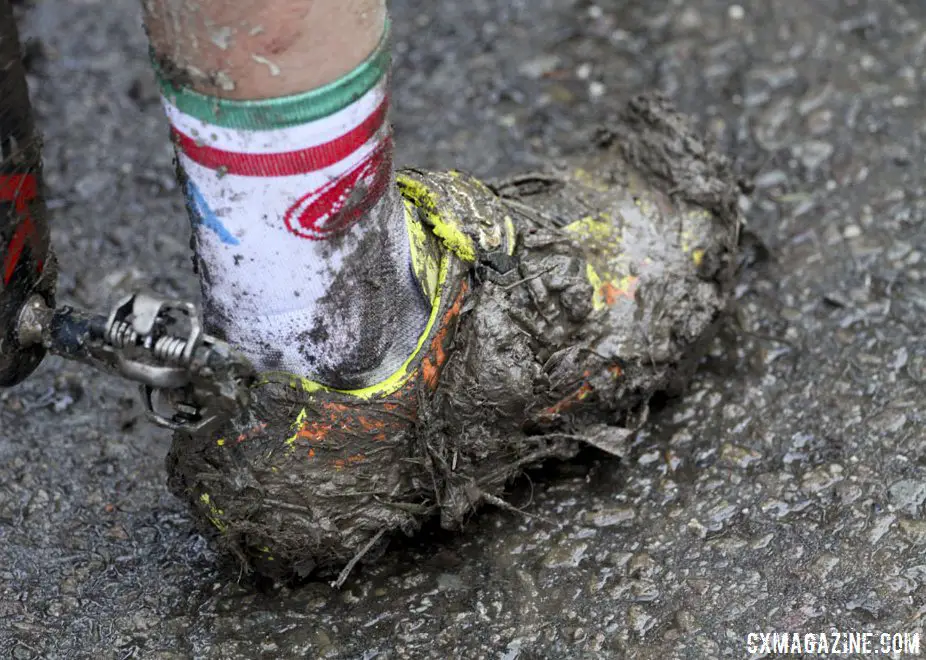
Large plastic bags are great for making sure the inside of your car doesn’t turn into its own cyclocross course. © Cyclocross Magazine
If this list is way too serious or practical for your current mindset, I highly recommend that you check out Ryan Kelly’s article on packing for when you’ve given up!













